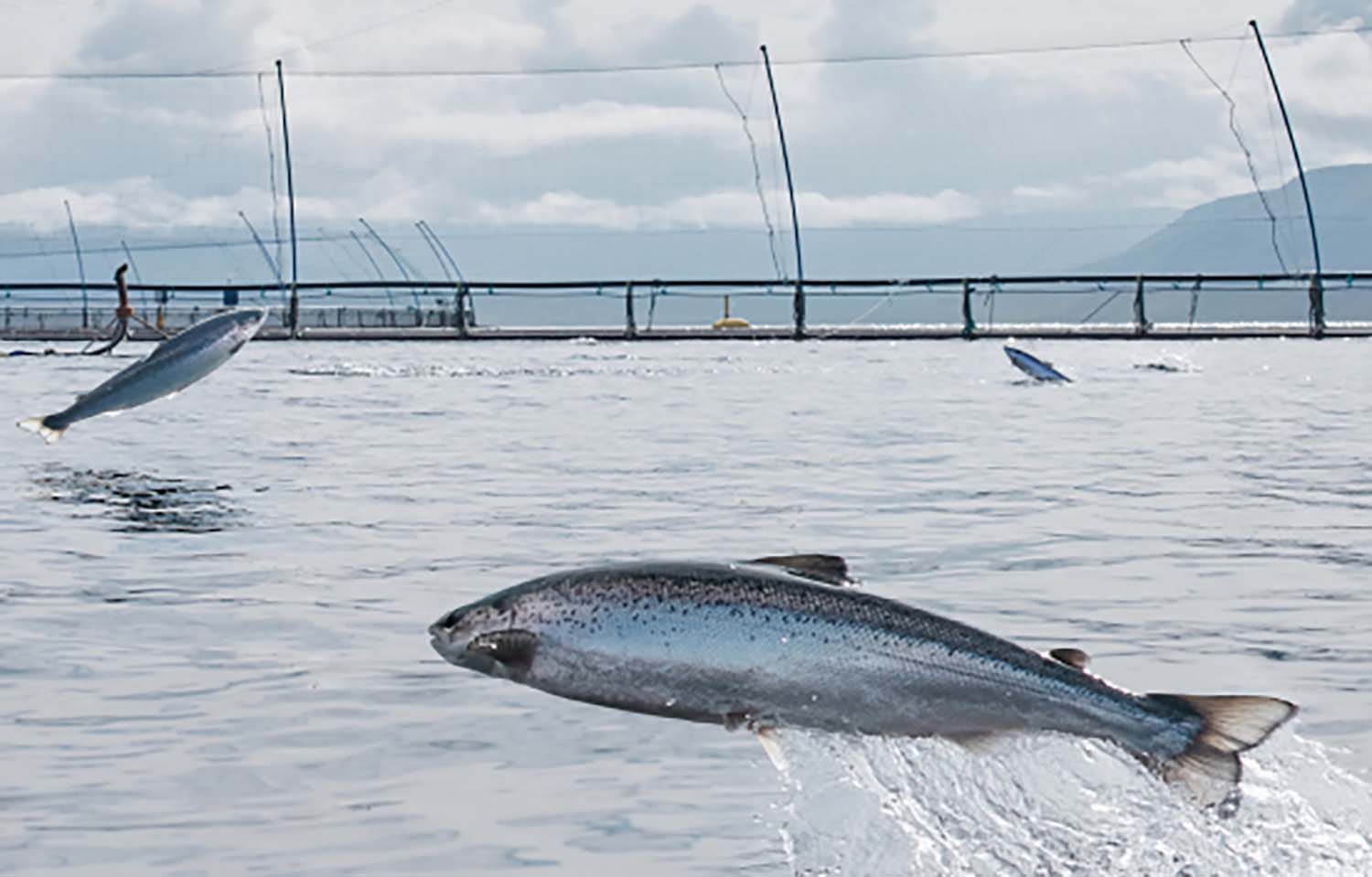Challenging biological conditions that plagued Bíldudalur, Iceland-headquartered salmon-farming firm Icelandic Salmon last year have spilled over into 2024, with the company harvesting under 3,000 metric tons (MT) in Q1 2024.
Icelandic Salmon harvested large volumes of fish at the end of last year for welfare reasons, which led the firm to supply just 2,769 MT to the market in the opening three months of 2024, compared to 6,572 MT in Q1 2023.
In a filing with the Oslo Stock Exchange, where it listed in October 2023, Icelandic Salmon, the parent company of Arnarlax and other salmon-farming and -processing subsidiaries, confirmed it faced biological challenges in Q1 2024. Mortality rates both in the sea and at one of its smolt facilities were “unusually high,” resulting in one-off costs of EUR 3.6 million (USD 3.9 million) incurred in the quarter.
“We have been reminded that in our industry, we must be able to adapt and quickly adjust our plans. In order to do so, we need robust companies with highly skilled and resourceful people, whom we are fortunate to have,” Icelandic Salmon CEO Bjørn Hembre said.
The group,which is 51 percent owned by SalMar, reported Q1 2024 revenues of EUR 27.5 million (USD 29.7 million), compared with EUR 68.9 million (USD 74.3 million) in Q1 2023. Its earnings before interest and taxes (EBIT) for the quarter amounted to a loss of EUR 500,000 (USD 539,000), which included the one-off costs. Operational EBIT per kilogram amounted to a loss of EUR 0.20 (USD 0.22). When adjusted for one-offs, the figure leaped into positive territory, at EUR 1.10 (USD 1.19) per kilo.
Biological challenges aside, Icelandic Salmon said it continues to see strong interest for its products and also benefited from high average harvest weights in the quarter.
For the full year of 2024, it’s maintaining a harvest guidance of 15,000 MT, with its spring 2022 generation “performing well” and showing “significant improvements on key parameters.”
Icelandic Salmon is also expecting to soon receive a license for an additional 10,000 MT maximum allowed biomass (MAB) for sterile salmon at three more sites in Ísafjörður. This will be in addition to its current licenses granting 23,700 MT MAB of annual production in the Icelandic Westfjords.
Long term, the group believes it could potentially increase its production to 26,000 MT on its existing licenses, assuming continued positive results in smolt growth and the performance of its spring 2022 generation, Hembre said.
“We expect to get there soon. We are a committed team with a strong company culture and with a value chain which is well-prepared to handle higher volumes,” he said.
However, Hembre also voiced concern about uncertainty caused by a proposed new aquaculture law in Iceland, which he said would make it more difficult for the country to “build further on this new pillar of our economy,” particularly within global markets that feature heavy competition.
He said Icelandic Salmon will work with policymakers and other stakeholders to establish a “balanced, competitive, and predictable legal and fiscal framework going forward."
Iceland’s Ministry of Food, Agriculture, and Fisheries sent the new law proposal to the Icelandic Parliament in April 2024, and it has yet to be sanctioned. The decision will now be revisited by Bjarkey Olsen Gunnarsdóttir, who became Iceland's new minister on 9 April.








